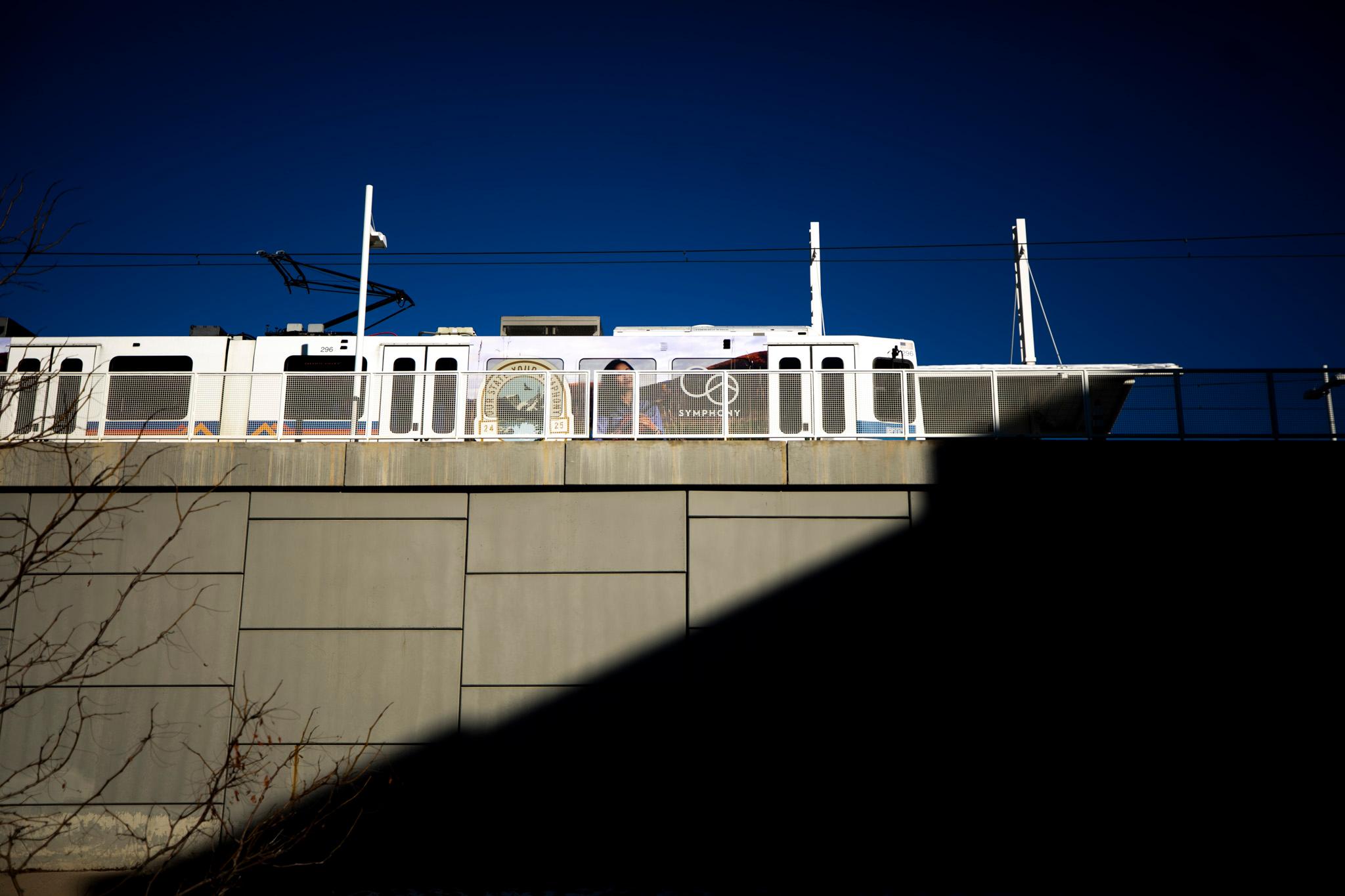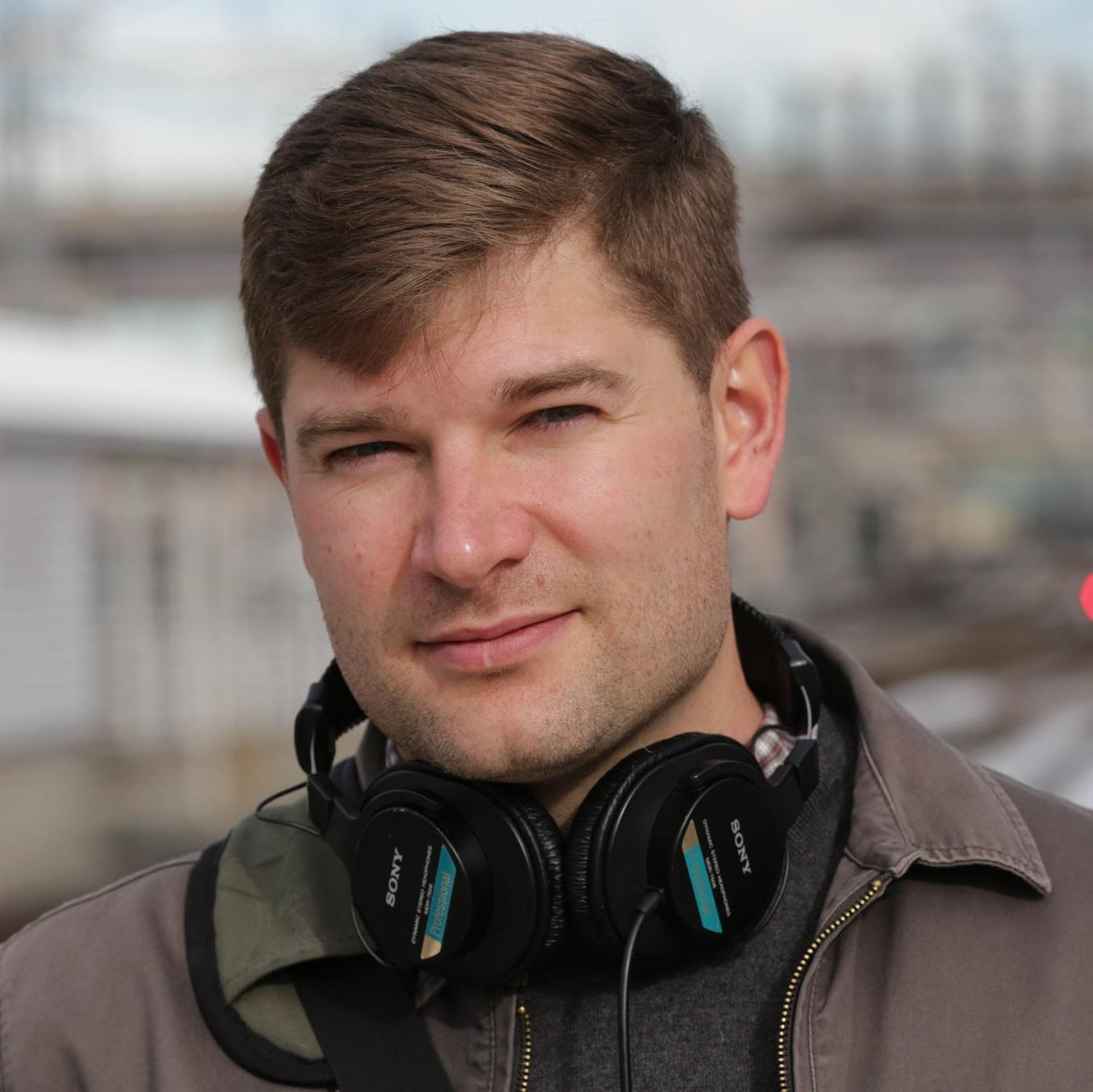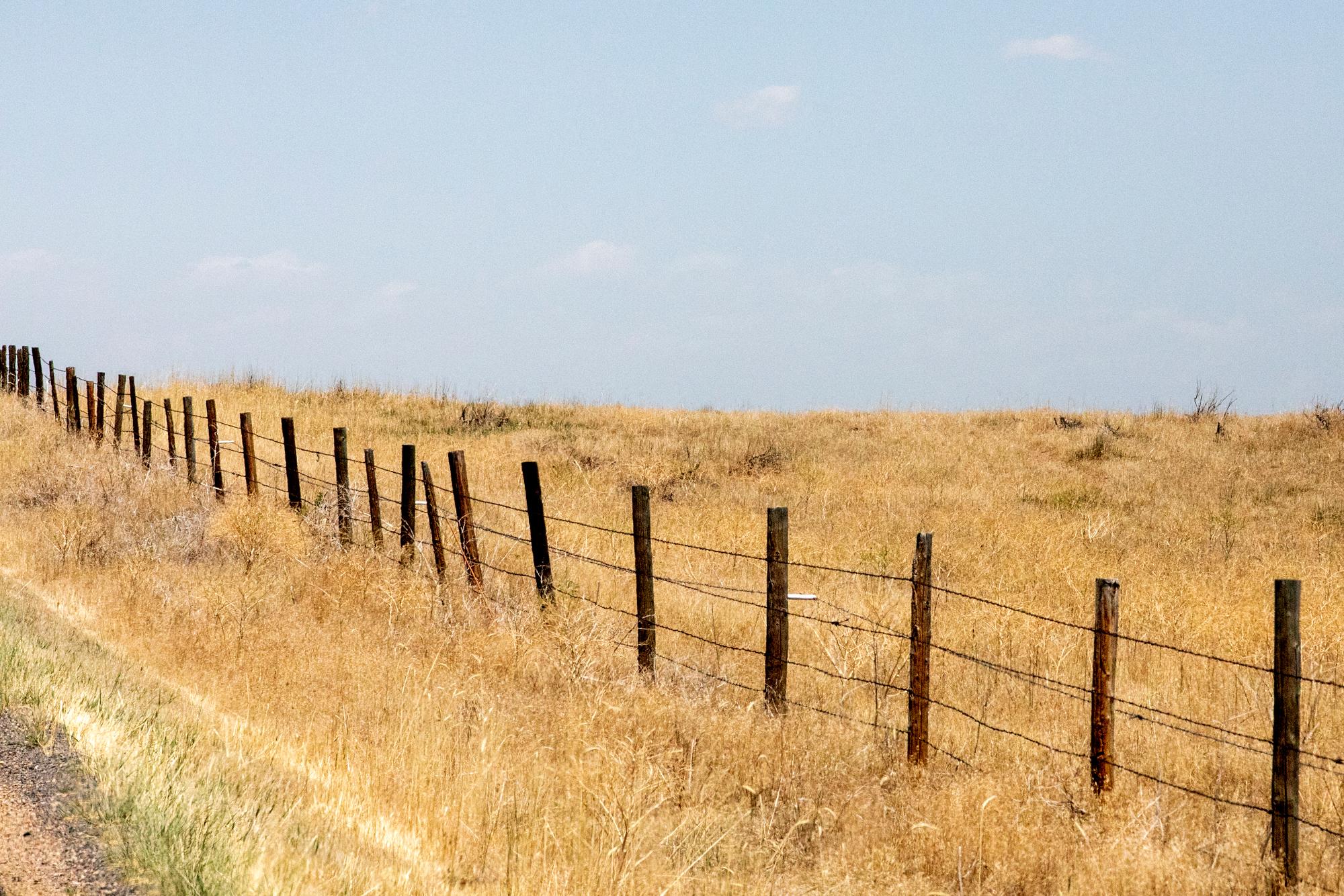
The head of the Regional Transportation District expects the agency will soon finish repairs to its light rail system that have slowed trains to 10 miles per hour since last summer.
Agency leaders initially thought repairs would be done by late January or early February, said RTD General Manager and CEO Debra Johnson, but winter weather has made it difficult for crews to work. Still, she said, the end is in sight.
“Optimistically, I would like to say more than probably early March — contingent upon the weather,” Johnson told CPR News in an interview this week.
The “slow zones” are part of a more thorough and proactive track inspection program RTD adopted after its state safety regulator demanded answers about why the agency had allowed sections of track to disintegrate in recent years. Before now, RTD officials had been reluctant to commit to when the slow zones would be eliminated.
The more intense checks, which include inspectors walking the entire light rail system every 90 days, will quite possibly lead to more issues being discovered and more slow zones in the future, Johnson warned.
But she also said RTD will be in a better position to proactively plan and fix maintenance issues, which should mean fewer disruptions to passengers.
“I can't sit here and say that there will never be a slow zone,” Johnson said. “But what I am confident in is that we are highly unlikely to see what we saw this past summer.”
At least a few more big light rail disruptions are coming first.
For months, crews have been working overnight to fix and replace worn pieces of track and make other repairs. But that approach limits the number of hours in which work can be done and can make repair jobs stretch out longer.
So RTD is shutting down parts of three lines in the coming days during daylight hours so crews can expedite their work. H and R line service between the Florida and Southmoor stations will be suspended on Saturday and Sunday, Jan. 25 and 26, from 4:30 a.m. to 12:30 p.m. The E and H lines will be completely shuttered between the I-25 and Broadway station and the Southmoor station from Tuesday, Jan. 28, through Thursday, Jan. 30.
Bus shuttles will carry passengers between affected stations, which means travel will take much longer than it otherwise would. But the slow zones have already made service unreliable along the E, H and other lines for months.
Regular riders say the E and H lines were especially slow this week after RTD increased service frequency to every 15 minutes. Rider David Draper told CPR News his ride from downtown Denver to the Tech Center took over two hours because the additional trains on the tracks hit slow zones and caused cascading backups.
“I have been riding the RTD light rail for over nine years and this is the worst I have ever seen,” he said.
Several riders told an RTD board committee earlier this week they were having similar issues.
“I want to encourage people to ride it,” Ryan Keeney said. “But I can’t in good faith do it. I can barely ride it myself.”
Johnson told committee members the maintenance work is “critically important” to ensuring trains can run on time in the long run.
One of Johnson’s proposed 2025 performance goals is to increase on-time bus and rail performance by 1.5 percent. The full board will vote on those goals Tuesday, and several directors say they will propose amendments to make them more ambitious.
RTD will also continue to increase service this coming year.
RTD finally expanded service this January after years of pandemic-era stasis, including the more frequent service on the E and H lines. Another new addition is an “Art District Connector” that connects Denver’s downtown Theater District, the Santa Fe and River North arts districts, and nearby neighborhoods.
Future improvements will largely be on the bus side, RTD officials say. The agency’s 2025 budget plans for a 10 percent increase in bus service over the course of the year.
“This year I'm being very aggressive,” Fred Worthen, RTD’s assistant general manager for bus operations, told a Denver City Council committee this week. “I'm putting a lot of service on the road.”
With more people still working at home after the pandemic, Worthen said the restored service will likely look different from the pre-pandemic days. RTD’s 2022 “System Optimization Plan” that analyzed travel patterns, demographics and its routes, along with federal civil rights law, will shape where service increases will happen.
In an interview with CPR News, Johnson said the planned service increases will result in about 5,400 additional boardings per day or about 2 million more boardings per year.
“We’re excited about that,” she said.
- RTD drivers, mechanics ramp up pressure on management in push for a bigger raise
- RTD board votes to extend CEO Debra Johnson’s contract to 2027
- RTD light rail slow zones have expanded, continuing service disruptions and rider frustrations
- RTD is planning to expand its services in 2025 after years of stagnation









